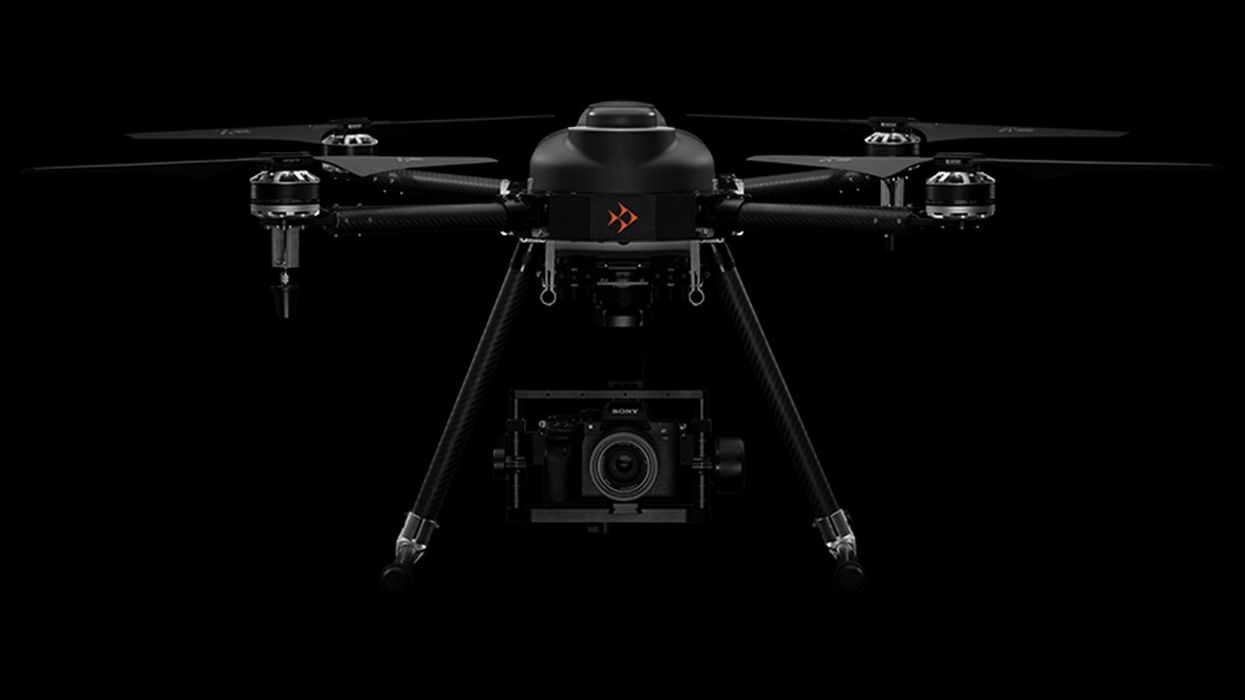Here's How You Can Automatically Make 3D Models with a Sony Camera
Photogrammetry is now making its way into drone tech. Is this the way to 3D model?

Are you a fan of drones? I love seeing their work in film and TV, but now the tech is being used more outside of cinematography.
The Montana-based Skyfish creates drone and acquisition pipelines for non-cinematic industries. Think of power companies surveying powerlines up close or fire departments trying to identify survivors or inspect damaged infrastructure. All of this becomes more efficient with generated 3D models and maps.
While Skyfish tech isn't made for cinema, the approach can redefine what it means to make 3D models. You can use its drones to model environments for planning angles and camera placement, or recreating entire real-life locations for VFX. What makes Skyfish so cool is that its Skyportal, a web-based photogrammetry processing and analysis platform, can analyze and create 3D models automatically. And with their new Sony camera integration, the quality of these models has skyrocketed.
Check out this demo from Skyfish Drones.
Photogramma-what?
That was my biggest question after watching the video. What the heck is photogrammetry?
Well, according to Wikipedia, "Photogrammetry is the science and technology of obtaining reliable information about physical objects and the environment through the process of recording, measuring, and interpreting photographic images and patterns of electromagnetic radiant imagery and other phenomena."
As you saw in the video, models are created using photos taken by drones. The Skyfish drone, in particular, took 1250 photos using a Sony Alpha 7 IV integrated into a Skyfish M4 drone. The entire process of flying, uploading, and processing the photos into a 3D reality model is completely automated. These models are so precise that they have an accuracy rating within 1/32 of an inch.

A Benefit to Filmmakers?
Imagine using this approach to recreate entire sections of New York or Vegas? Zack Snyder and his creative team did something similar for Army of the Dead.
Unfortunately, Snyder's approach required a whole VFX team taking photos by hand or with drones. A Skyfish drone would have automated the entire process and provided VFX-ready elements without the need for a full team. This would have saved time and money, which in film production is how your movie lives or dies.
Bad News and Good News
Sadly, the Skyfish team isn't focusing on the cinematic market just yet.
However, its approach and technology could find their way into the narrative pipeline in the future. Even then, the tech may be out of reach for budget-minded creatives. But just like with lenses and cameras, we'll find an affordable version of this technology in no time.
If there's a demand, there's going to be someone trying to supply it.











